This Organizing Theory Slays Fascists
Thank you Woody Guthrie (and Noam Chomsky)
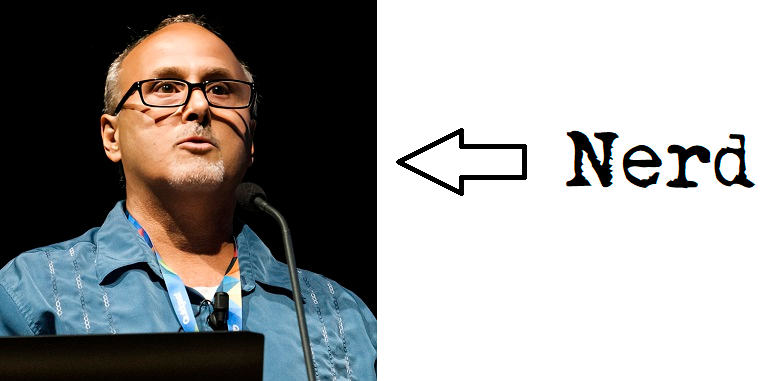
Warning: the following was written on one cup of coffee at 5am, it is highly nerd-like in comparing the behavior of political organizing in the United States to vastly different computer architectures. Please read at your own risk.
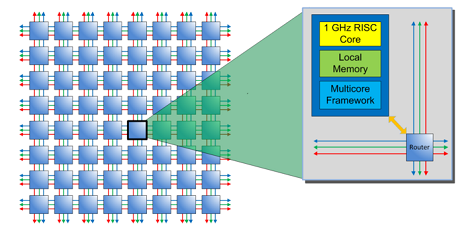
In 2003, I wrote a brief abstract comparing what I observed to be the major difference between GOP-authoritarian-style systems and Progressive/Liberal-democratic systems. At the time Fox 'News' was rising in popularity, George W. Bush was President (in spite of the popular vote which indicated otherwise), and the United States was on the precipice of attacking Iraq on the premise of a lie.
Because I was deep into technology, working for a small team at Oracle dedicated to system and database performance, I viewed the difference in political systems structure through a "nerd" lens. It seemed clear that the GOP uses mainframe technology, a top-down centralized structure that coordinates messaging and keeps all resources directed toward concentrating power, wealth, and control of society.
Whereas Progressives/Liberals used a "Massively Parallel Systems Architecture". Instead of having one very powerful central processor, massively parallel systems used 100's or 1000's of distributed processors. To me, this represented disparate groups working on everything from climate, peace, economic justice, voting rights, gender equality, race equality, immigration reform, wealth inequality, and other societal imperatives. In a massively parallel system the distributed processors have mechanisms to communicate and coordinate activity between the work demand and the work results. For example, you could request the system to run a program called "Forecast" and if properly designed the program could be broken up and run on 100's of processors in parallel and the result could be extremely fast, rivaling or surpassing mainframe performance. It seemed that while Progressives/Liberals had incredibly talented, dedicated people and organizations, they were and mostly remain in silos. There was not a "backplane" -facilitating the necessary coordination of organizations to oppose egregious or unlawful policy, legislation, or action. While there has been good work on "intersectionality" since my initial paper, there is still significant work to be done to help organize people as a countervailing force to the extreme concentration of wealth that has continued since Reagan.
Someone recently read my abstract and wrote the following: "George, I’m almost picturing this. Is the ‘backplane’ like a web with an early warning system? Why couldn’t the heads down focused have activated outreach folks? After all it takes a village. A web of cooperation. Have you written more on this?"
To which I excitedly responded:
I've put a great deal of thought into it over the course of time. And, as you describe -not only an early warning system, however, the ability to create societal "flash mobs" -performing coordinated and effective civic action in a reaction to bad policy, legislative proposals, egregious corporate behavior, etc. and the ability to perform coordinated strategic actions to help advocate for and support good policy, elected members, etc. The performance of civic actions would be gamified -to nurture continuing engagement over time, which could motivate people who aren't necessarily committed activists.
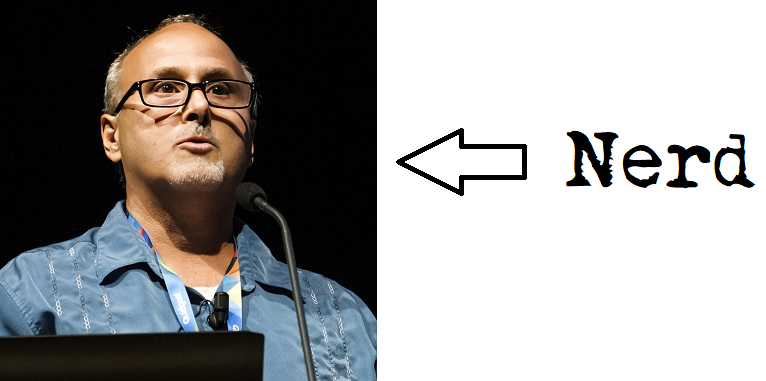
The thinking about civic actions being distributed through the system would be of civic, political, economic, or educational actions. And the array of effective actions could be personalized in the style of the subscriber. An introvert wanting to remain behind the scenes could, for example, write "Letters to the Editor" on local, regional, national, or global issues of concern. An economic action could be a boycott. A political action might be helping people register to vote, or reminding them to vote (or checking your own registration to make sure you haven't been disenfranchised by a Secretary of State working to suppress votes. Educational actions could be as simple as watching a 2 minute Inequality Media film on why the concentration of wealth is antithetical to democracy, taught by the amazing Robert Reich, or hosting a neighborhood film night and showing Joel Bakan's "The Corporation" or Naomi Oreskes' "Merchants of Doubt".
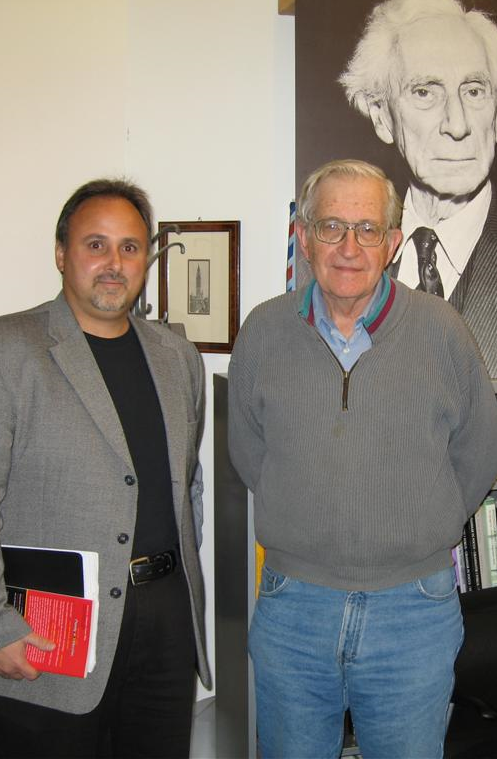
Most actions flowing through the system must be dynamic and continue to evolve toward maximum efficacy as what might work well today, might not work well tomorrow. And the distribution of actions to subscribers would work similar to advertising systems. That is, in a system where a subscriber describes the issues for which they have the most affinity and also provides their approximate geo-location, the system can deliver action engagement opportunities to them that are relevant to their indicated interests.
I'm working on this now with a small team of volunteers and contract software engineers on https://civ.works. (More detail about the project is here ).


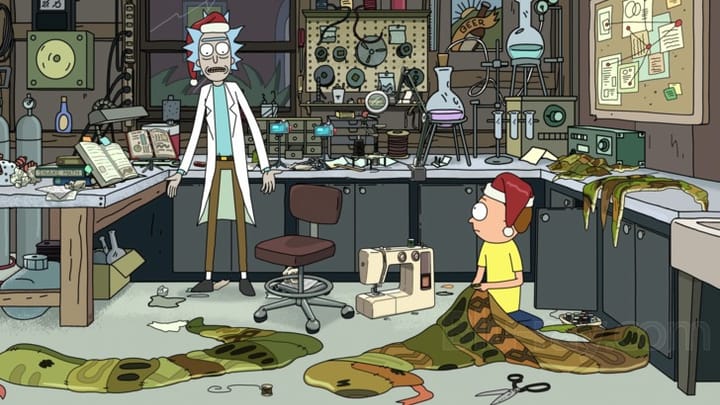

Comments ()